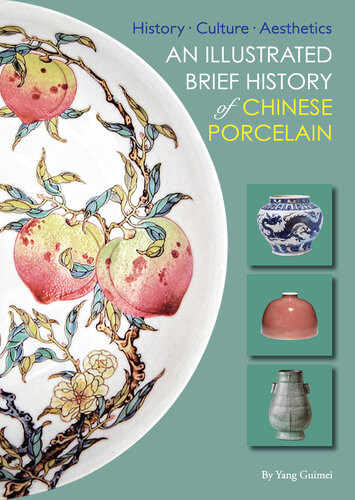

Most ebook files are in PDF format, so you can easily read them using various software such as Foxit Reader or directly on the Google Chrome browser.
Some ebook files are released by publishers in other formats such as .awz, .mobi, .epub, .fb2, etc. You may need to install specific software to read these formats on mobile/PC, such as Calibre.
Please read the tutorial at this link: https://ebookbell.com/faq
We offer FREE conversion to the popular formats you request; however, this may take some time. Therefore, right after payment, please email us, and we will try to provide the service as quickly as possible.
For some exceptional file formats or broken links (if any), please refrain from opening any disputes. Instead, email us first, and we will try to assist within a maximum of 6 hours.
EbookBell Team

0.0
0 reviewsThis book provides a condensed, comprehensible, but complete overview of the history of Chinese porcelain.
By studying the most notable characteristics of porcelain in different periods throughout history, it explores the evolution of the great kilns, and describes the influence of factors such as social and economic development, political change, and foreign cultures. Each one of these affected porcelain's shapes, uses, colors, styles, patterns, and other features in unique ways. An Illustrated Brief History of Chinese Porcelain explains the cultural implications and the aesthetic and philosophical concepts which underlie the porcelain we know today.The origins of Chinese porcelain lie as far back as the Shang (1600–1050BCE) and Zhou (1046–256BCE) dynasties. One of the treasures of Chinese civilization, porcelain was first fashioned in the five great kiln-sites at the beginning of the second millennium, then evolved to form the splendid blue-and-white of the Yuan, before reaching its apogee in the Ming (1368–1644AD) and Qing (1644–1912AD) dynasties.
An Illustrated Brief History of Chinese Porcelain makes extensive use of archeological material from excavations at historic kilns and grave sites undertaken since 1949, as well as the results of new research. It presents readers with images of outstanding examples of different types of porcelain—including celadon, blanc de Chine, famille rose, and blue-and-white ware.